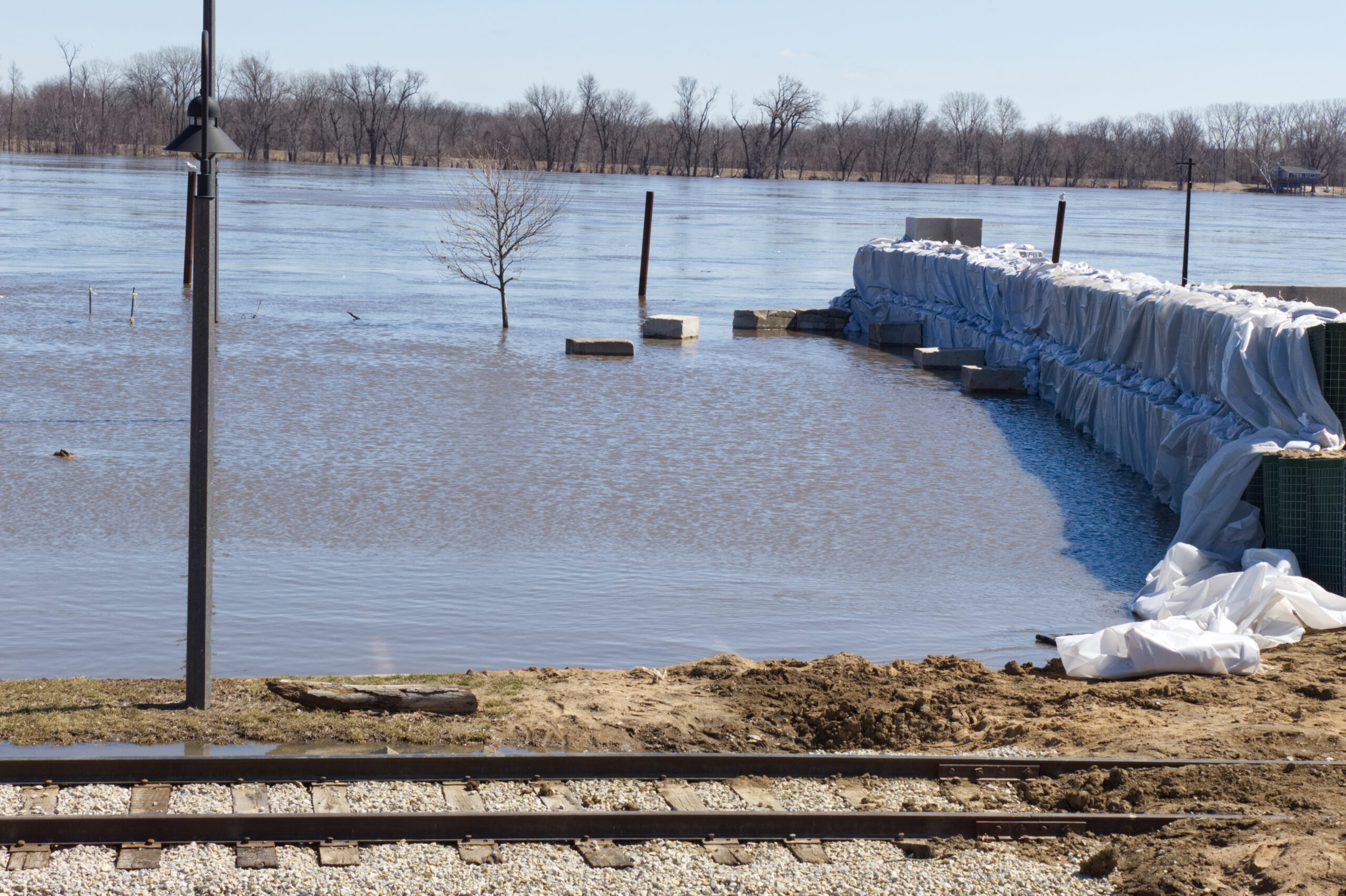This month, the Mississippi River has experienced a prolonged, historic flood. The images of the flood recall other recent floods, including Ellicott City, Maryland, and Houston, Texas. Naturally, these highly visible floods have led to questions about why so many people live in areas vulnerable to flooding. Instead, we should ask whether this is the result of people making free choices or whether market distortions push people to live in such areas.
The former shouldn’t be discounted. The same characteristics that make an area vulnerable to flooding may also be a desirable environmental amenity for homeowners. In an interview with a local NBC affiliate, Dan Roberson, whose family has been displaced by the Mississippi River flooding, explained why living so close to the river is worth it, despite the flood risk.
“It’s worth the benefits that we have. You know we look out the back window and we see the river and animals and our dock and our boats are right there, so I mean it`s just an inconvenience and we’ll get through it. We pull together as a community and help each other out. It’s what we do,” said Dan Roberson, Campbell’s Island resident.
In other circumstances, property in the flood plain may be so valuable that it’s worth mitigating the risk to avoid even the episodic inconvenience. Alexandria, Virginia, where I live, has been experiencing increased tidal flooding from the Potomac River. The waterfront “Old Town” is a highly desirable, historic area, so retreat is not a realistic possibility. Therefore, property owners are better off paying to build a promenade and sea wall to defend low lying areas.
However, the problem can also be worsened by market-distorting policies. National flood insurance, for instance, subsidizes building in flood-prone areas by insuring properties at below-market rates. This distorts incentives and puts more people in harm’s way. Efforts to reform the program so that insurance rates reflect actual risks have (understandably) been unpopular with property owners who stand to lose the subsidy. But FEMA and Congress are both currently considering such reforms.
Another potential distortion is if other uses of the land are not properly accounted for in the market price. For instance, many flood-prone areas were built on wetlands and other areas that provided natural flood protection to surrounding areas. However, if owners of these areas receive no value from providing these benefits, they have little reason to retain them.
In Louisiana, the state is experimenting with a pilot project to solve this problem. Pecan Acres, a low-lying area outside of Baton Rouge, has experienced regular flooding and raising the levee to mitigate this risk would be prohibitively expensive for the impoverished community. Instead, the state has offered to buy all of the properties in the community, which will be converted back to wetlands, and move all of the current residents to a higher area a few miles away.
Importantly, the program is voluntary. Although the government could use eminent domain to simply take the homes for flood control purposes, it’s relying on the market in this case. That ensures basic fairness. Agreement will only be reached if the value of the land as wetlands is greater than the cost to relocate the community.
By negotiating the purchase of these lands, the value of these lands for flood control is also being incorporated into the market price. If, as the proponents hope, this experiment becomes the model for similar deals elsewhere, that value may more generally be reflected in the market price for flood prone areas, reducing the risk of market-distortion. But, again, this is only true if, like the residents of Pecan Acres, property owners whose lands provide these services are paid for them.
With the likelihood that flooding risks in many areas will increase, whether due to climate change, land subsidence, or other factors, such incentives may only become more important.




